Game Reviews: Fire Emblem Three Houses, Journey, Far Changing Tides and Stray
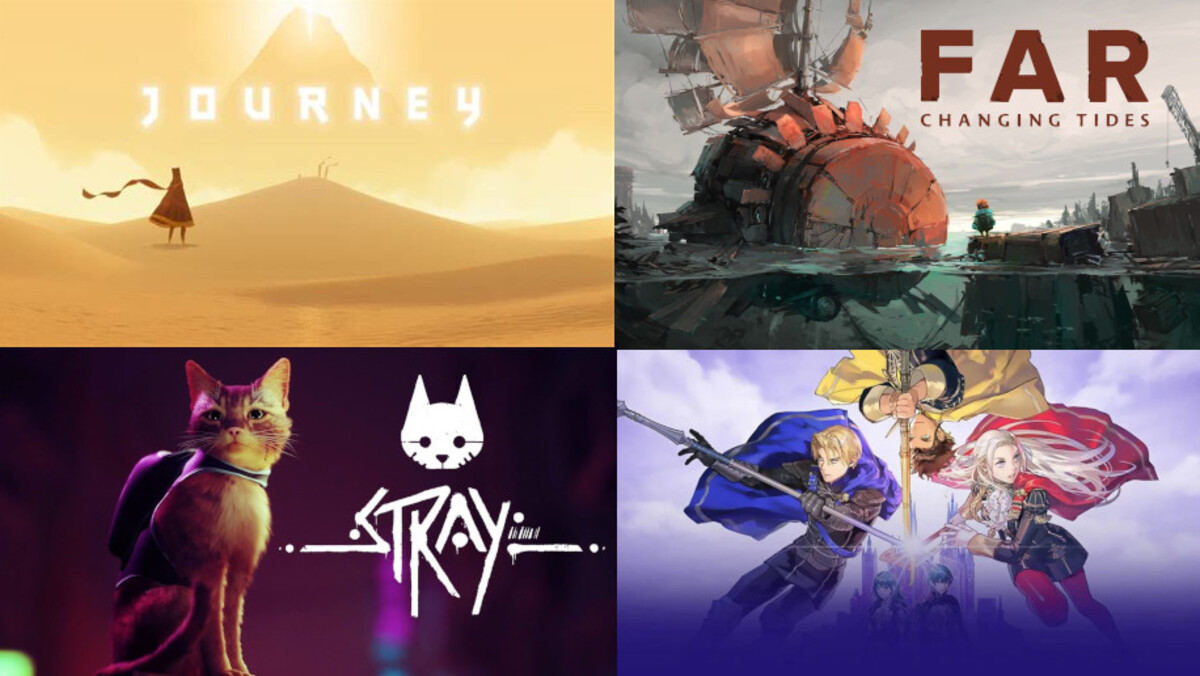
It’s been a couple of months since I’ve published game reviews. I wasn’t sure if I was going to continue writing them, as part of me wanted to just enjoy games rather than detailing my journey through them. Still, I haven’t finished many titles since my last review, and I might as well recommend some titles that I enjoyed over this year. Fire Emblem: Three Houses is the second Fire Emblem game I’ve played, the first being Awakening on the 3DS. It’s the only Switch game I’m reviewing. Far: Changing Tides and Stray are two great short titles, filled with puzzles, amazing artwork and story. Finally, I was inspired to play Journey, one of the early walking simulators, after hearing part of the soundtrack preformed by a local college ensemble.
Fire Emblem: Three Houses
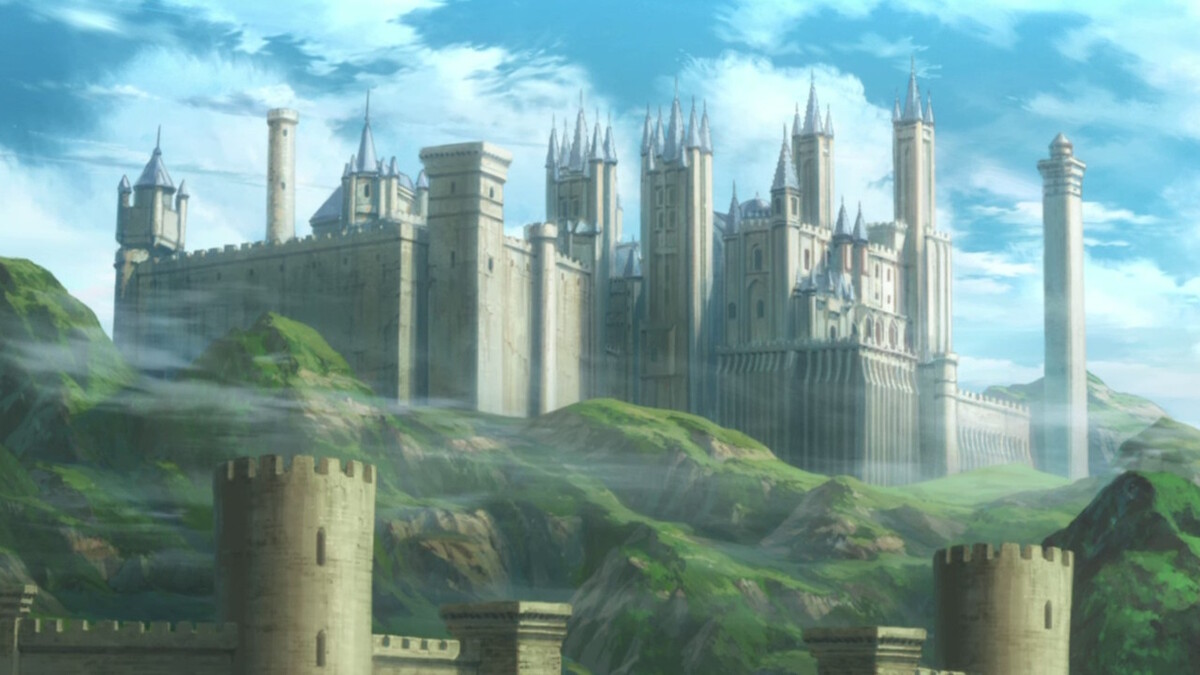
Three Houses is the second game I’ve played in the Fire Emblem series. I enjoyed Fire Emblem Awakening, which I originally played on the Nintendo 3DS. Three Kingdoms follows the same basic gameplay in battle sequences. A cast of characters makes their way through each mission with turn based strategy gameplay. Your character plays a professor, teaching young students to fight. It’s a fun an engaging strategy game, with a decent story. Unfortunately, it can require several playthroughs to fully understand everything that is going on.
The game is divided into months, with each week providing opportunities for training, exploration of the monastery (school), seminars and battles. Players discover strategies to maximize skill points and training, in order to progress through the main battles that move the story along at the end of each month.
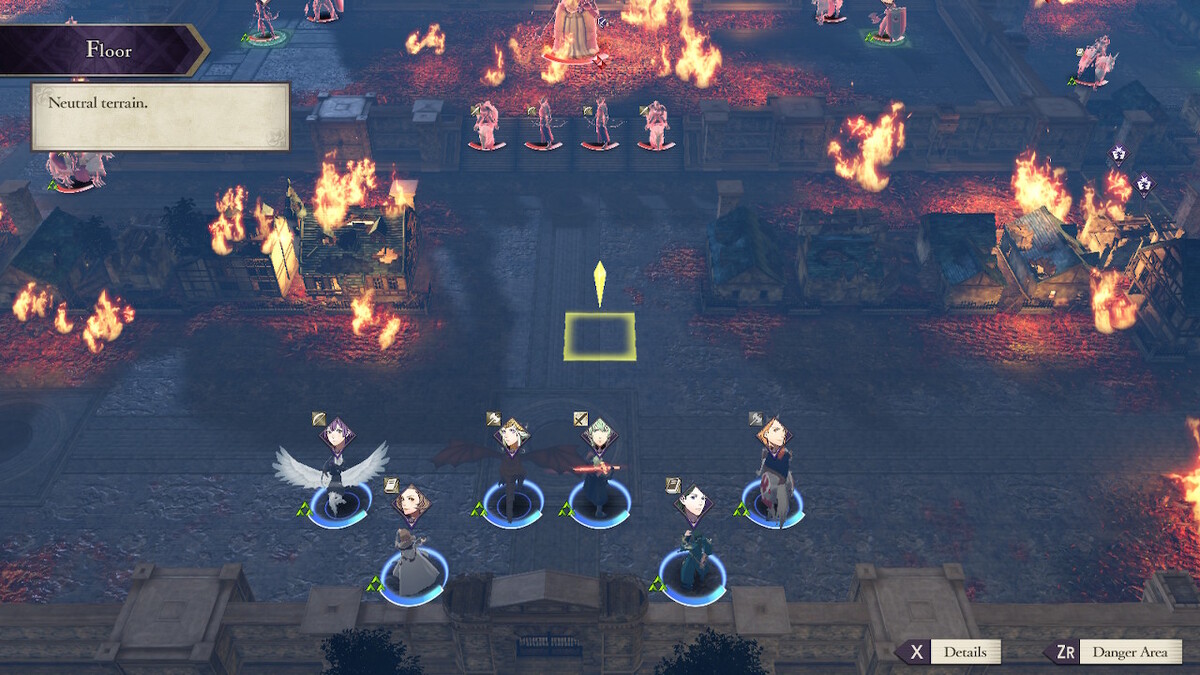
Three Houses has the traditional battle elements found in previous Fire Emblem titles, but there is also emphasis around the relationships between characters. There are many opportunities to build support via conversations between your students. Lost items can be use to push character motivation. They appear with clues requiring the player to figure out which character they belong to. However, the dialogue is often painfully campy. There are some harder themes, but they’re mixed into a very kid friendly narrative. With lost items, I often just found myself spamming through each item with each character, often not even noticing which item belonged to whom.

Overall, the gameplay is addictive. Despite the rough edges on all the dialog, the overall story is engaging. However, a single playthrough will not reveal all the details and secrets of each individual character. There are three different houses (one with two different story paths), and I honestly don’t like the idea of required replay in order to understand the entire lore of the game.
There is also a time gap in the game during which the characters are all updated with new looks to show their age and the progression of time, yet none of them really seem to grow. For example, Petra’s character should slowly pick up the native language and speak it better throughout the game. However, she always sounds like Yoda from Star Wars. Some of the characters go through dramatic changes, but for the most part, most of them stay static throughout the entire game.

Fire Emblem Three Houses is a fun and engaging title. The characters are all cute, even though most of them are annoying. My first playthrough took about forty hours and I was really engaged for the entire game. I picked it up again several months later for my second playthrough, and was surprised how different the various story parts are. Still, the story elements are still cheesy and the characters aren’t great. It’s engaging and addicted for fans of turn based strategy, but may not be as appealing to larger audiences.
Journey
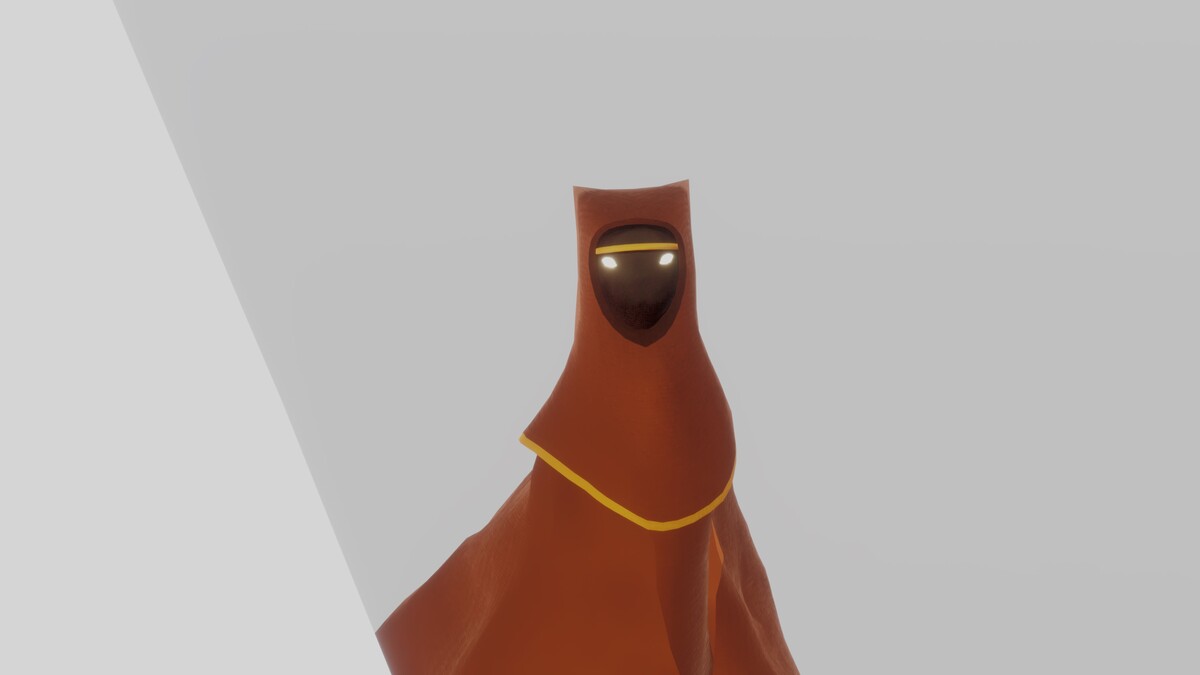
Journey is an early atmospheric games, which was originally released for the PlayStation 3 in 2012. I played the PC remake, released in 2019. It takes the player through a beautifully animated world, filled with story, but zero dialog. It’s pitched at being more than a simple walking simulator, with puzzles and an immersive world. It’s a short adventure that’s very pretty, but lacks a lot of depth and substance.
When starting off a new game, one of the first controls a player learns is to jump. If you play a game that supports jumping, once you get that little piece of interaction, it’s all you do for a bit. It’s just fun to jump around. In Journey, you can’t just jump. Jumping costs something. You must gain power ups from fabric in order to jump. This very basic mechanic found in tons of games, now has a cost to it. I found this pretty annoying; having to conserve jumping in order to solve puzzles.
The next issue I had with this game were the puzzles, if you could even call them that. Most puzzles involve using the power up jump mechanic to launch your character up flying carpets and pieces of fabric. It’s fun at first, so long as you don’t miss any jumps and have to fall back down to an earlier part of a level. Powering up, jumping, flowing up fabric and a button that generates a ping in the game’s obscure language, are the extent to all the game and puzzle controls.
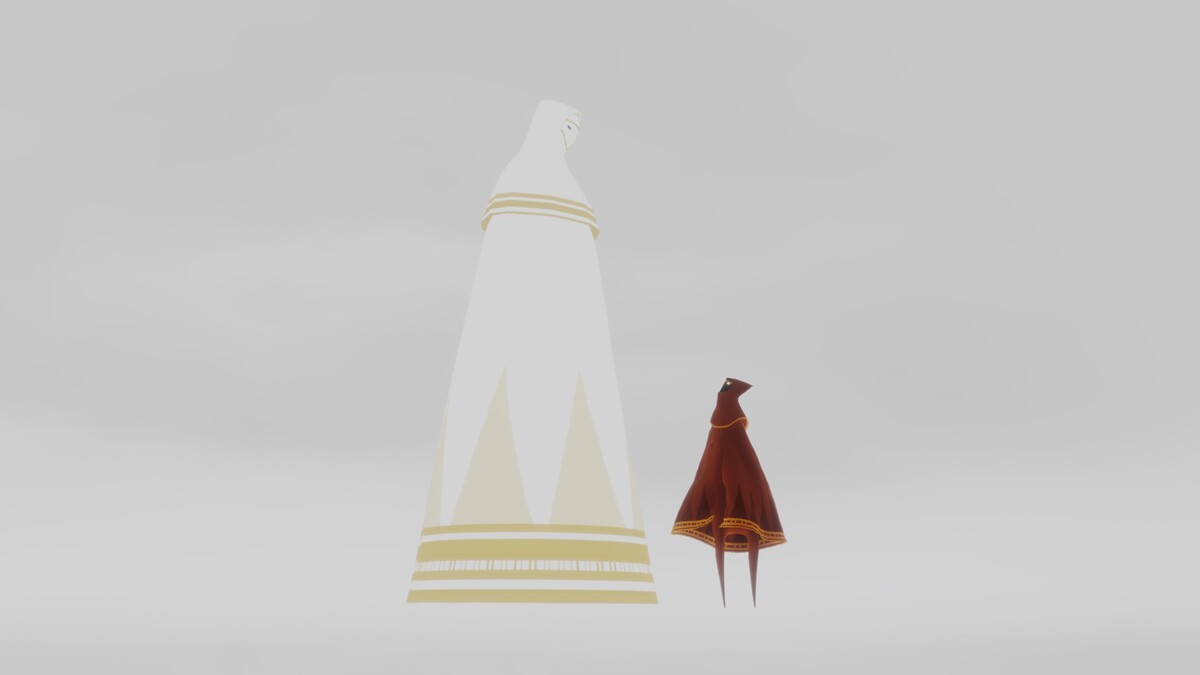
You will occasionally run into other people on your journey. At first I thought these were additional side characters, but it turns out there are other players when the game can connect to the Internet. Even with the game as old as it is, I did run into four other players on my journey. You can power off each other’s fabric which is neat. It does give the game a feeling of a shared pilgrimage, which makes me wonder how different the experience was during the early releases with many more players.
The story is told in hieroglyphic drawings and animations. It’s fun to try to decipher the story or interpret it during the progression, but it is somewhat abstract and I never felt any kind of real connection to it. Little of it was memorable.
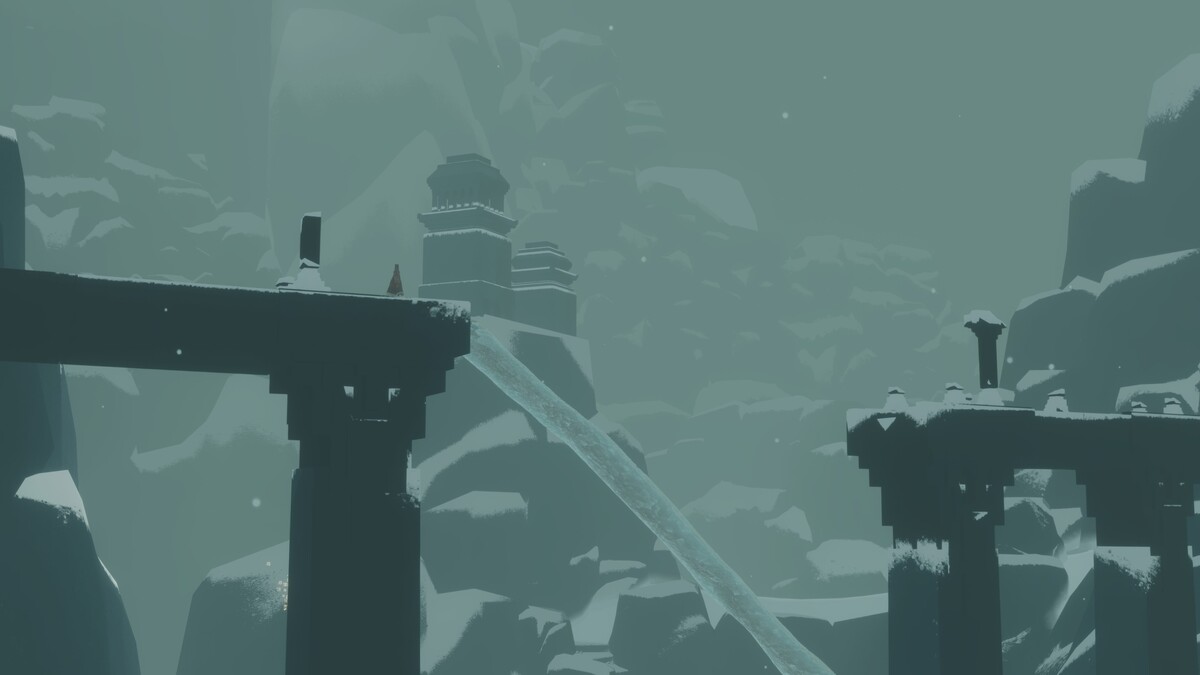
There are some enemies you have to avoid, but none of them will cause enough damage to make you repeat a level. They just push you back and cause your character to walk slower. There aren’t a lot of consequences in this game other than falling and slowness. It makes it a good casual adventure, but may be lacking for anyone expecting a challenge.
Overall, there were some amazingly well animated and beautiful parts of this game. The soundtrack is truly stellar. It’s an enjoyable journey with minimal puzzles, but there was nothing that really attached me to the game or story. It’s a short unmemorable adventure that’s good for a one time play through as a casual game, that’s barely above a step from a walking simulator.
Far: Changing Tides

I loved Far: Lone Sails and deeply anticipated the sequel to that classic left-to-right side scrolling puzzler. The mechanics of Far: Changing Tides are very similar. Your character starts off in what seems to be a post-apocalyptic world. Unlike its predecessor, the world is filled with water instead of dry land and desert. You’re given unique water abilities, and discover a vessel which is used for your journey through vasts towns and oceans.
I really like this type of puzzler. There were only a few moments where I got a little stuck, but taking breaks and coming back eventually helped me get through those pieces without needing to look up any hints. Most of the journey takes place in the water, and there are puzzles that involve diving below the surface. There are some magnificently beautiful scenes that are difficult to appreciate as you must continually keep your vessel afloat and powered. I do suggest using the sails as much as possible over the engines to appreciate the game’s artwork.
There is no dialog, with the mysteries of the world presented to the player in the form of various set pieces and artifacts along the way. The first game had a fairly straight forward depiction of the world that once existed, as your character journeyed through it. In Changing Tides, there are some absolutely magnificent transitions with massive cities and even flight. It’s captivating, but the story is considerably more obscure. It’s much more difficult to determine the nature of the world you’re traveling through and the calamity that affected its past.

I had fun playing this great little adventure. Although I was able to complete the game in under 7 hours, it felt as if it was a much longer journey. The artwork and set pieces are excellent at building a vivid and engaging world. Although the story is a bit more vague and ambiguous, the game does eventually connect into the world of its predecessor. The music, puzzles and mechanics all provide for a great little casual adventure game.
Stray
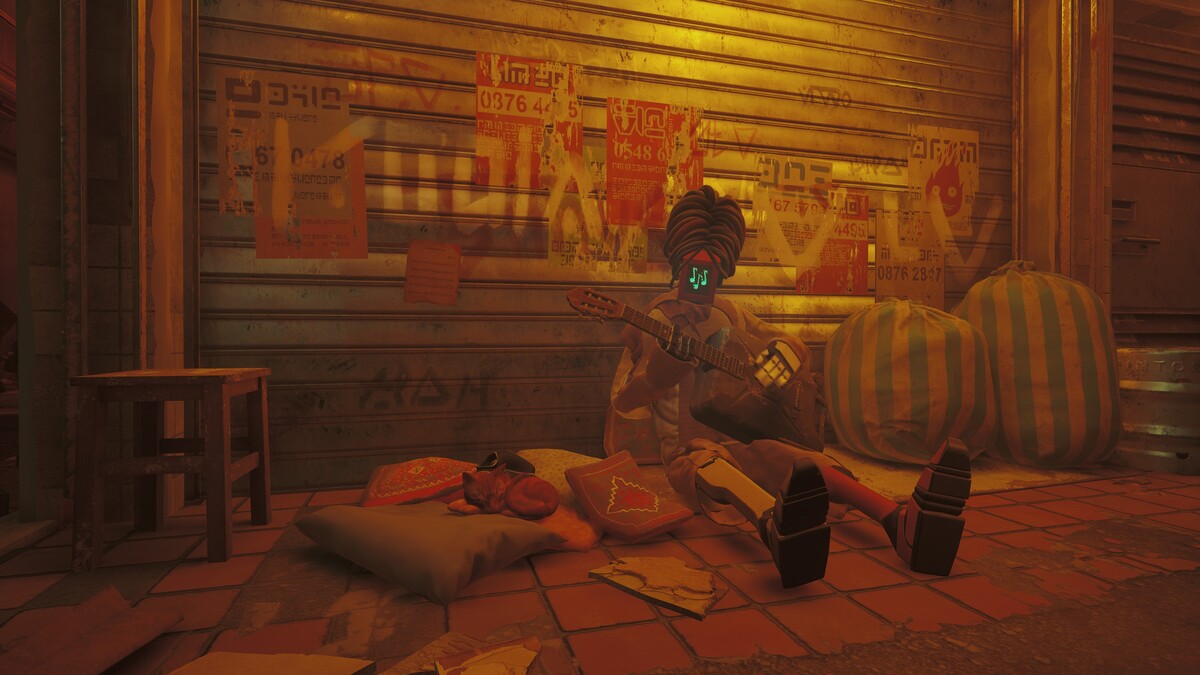
I was captivated by early trailers for Stray. It seemed like an interesting causal game, but with actual challenge elements making it more than a walk in the park. It’s not a long title. I was able to complete it in under 7 hours. Still, I’m a fan of shorter titles and think this one was quite unique and amazing. The main character is absolutely adorable, the world is dark yet cute and the game mechanics are challenging without being frustrating.
First off: the cat mechanics are incredible. There are so many moments filled with cuteness and cat like actions, burned down into a post-apocalyptic world. It has the perfect mix of joy and chaos. Your character gains a robotic companion early on, which lets your character communicate with the robots that inhabit a domed city. Your character and robot companion solve puzzles, talk to locals, learn stories and discover the harsh reality about a fallen world.
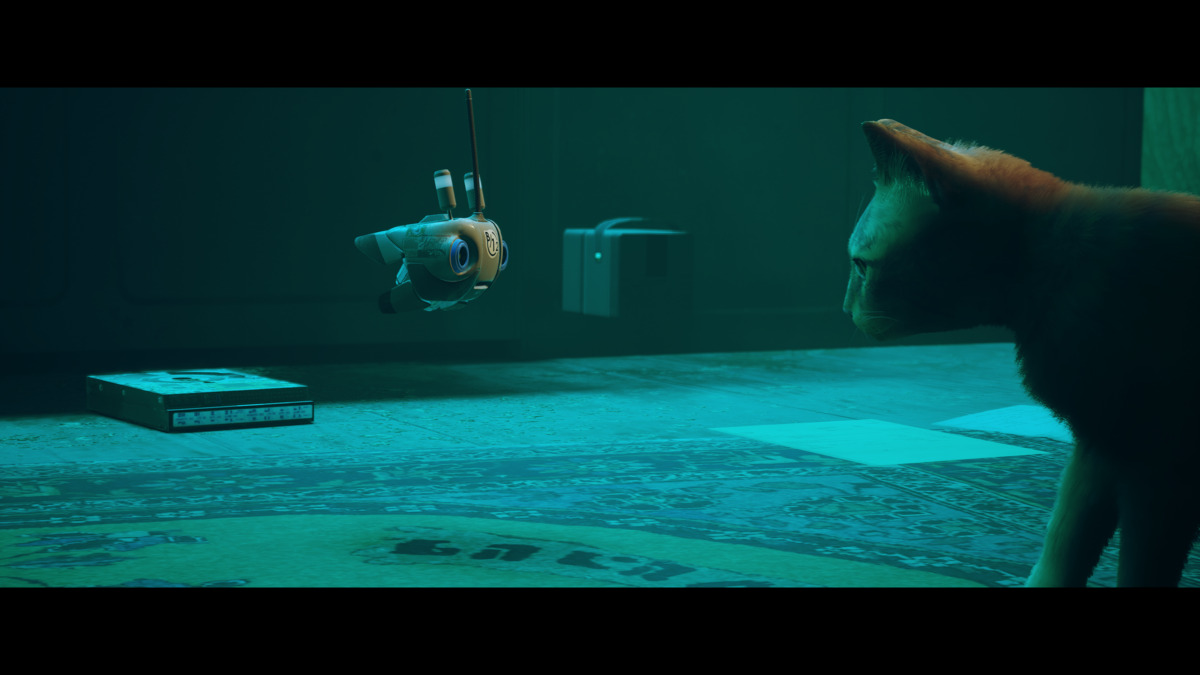
There are villages for exploration that are filled with traditional adventure puzzles, as well as wild areas filled with vicious creatures you must navigate around and through. There is a very balanced mix of strategy, running, hiding and even weapon mechanics. Challenging adventure areas are stitched together with cut sequences with robot companions as the cute little kitty makes it through the dangerous world.
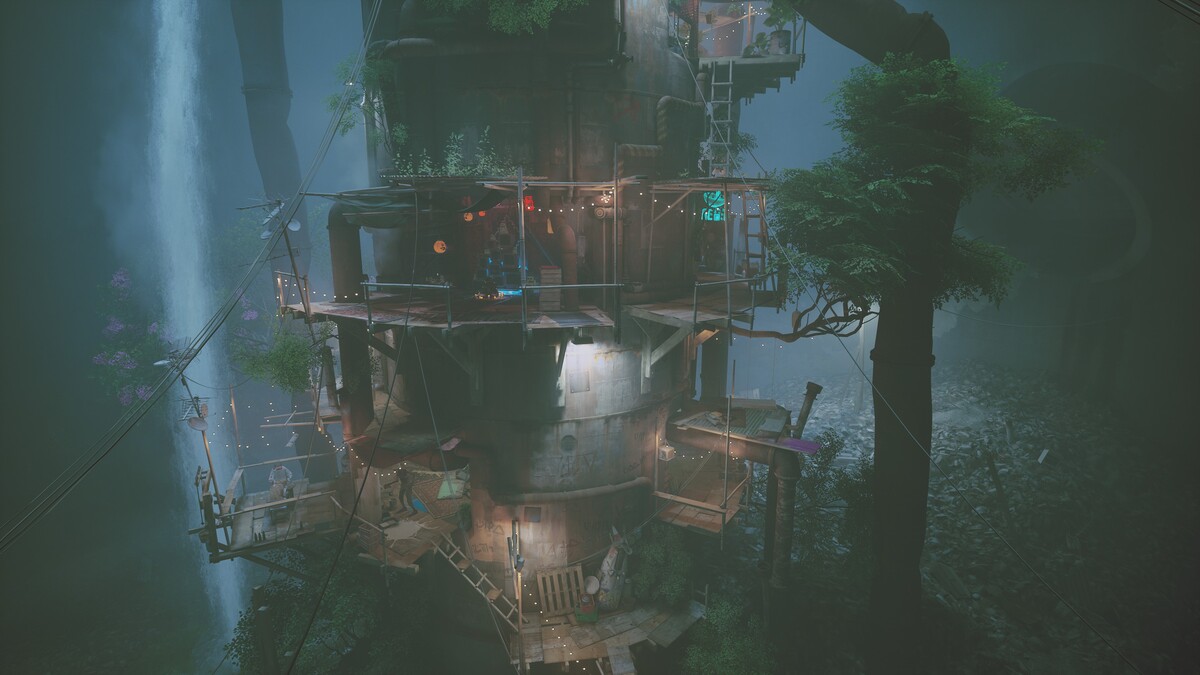
Even though Stray was short, it packed a lot of amazing world building and beautiful game elements. All the artwork was stunning, and the robots are are endearing as the kitten you play. It’s a great short little casual adventure.
The Summer of Gaming
I haven’t been playing a lot of games lately. Most of these reviews are from titles I finished earlier this year, and there are a couple of titles I really should finish just to write terrible reviews. I might pick up a controller again once I get through some of the technology projects and blog posts I’ve been meaning to write. In the mean time, I hope some of these reviews are helpful for people looking at new games to try out for the fall.